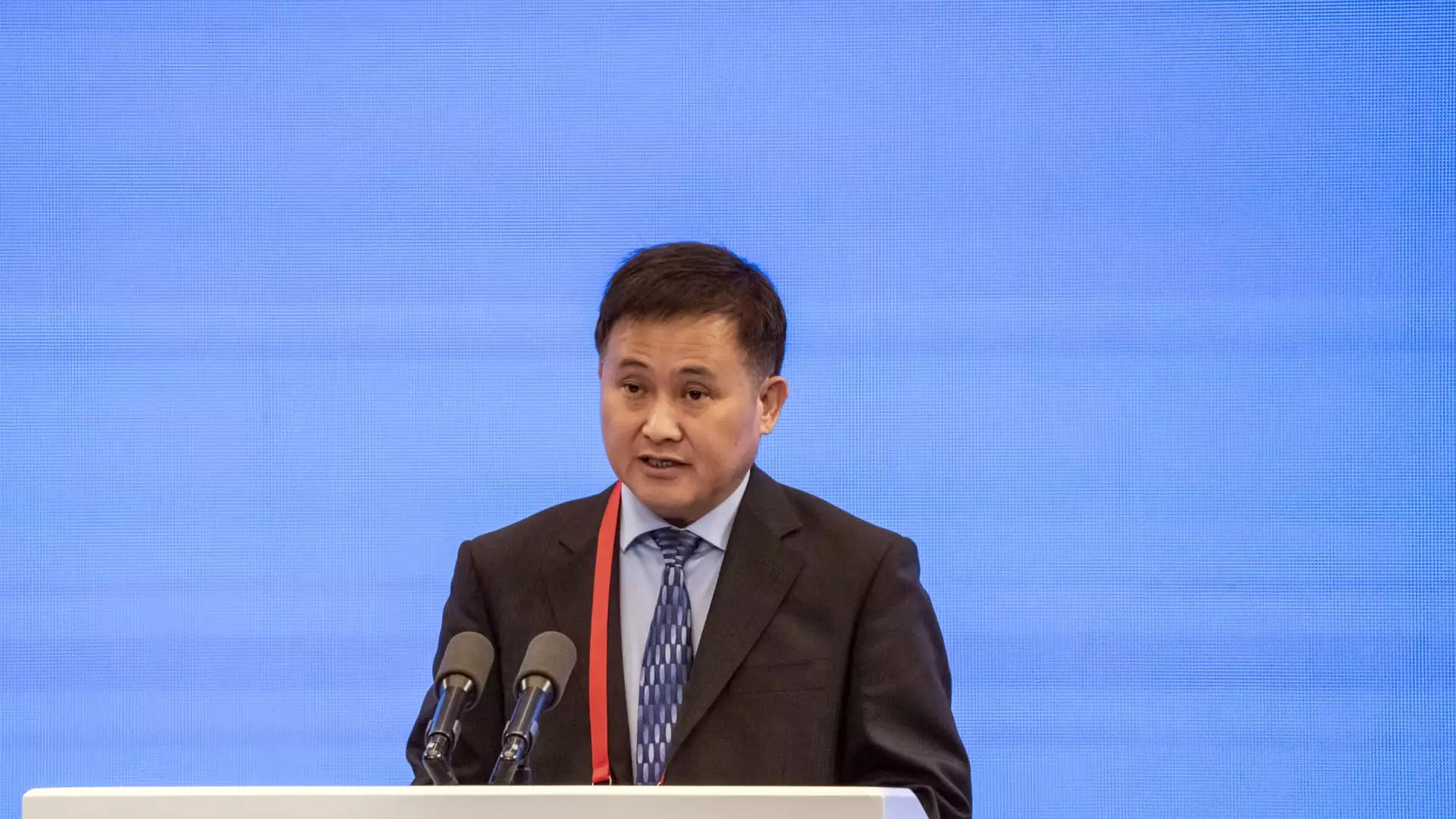China’s financial risks have reportedly decreased in recent times, with the People’s Bank of China Governor Pan Gongsheng highlighting the drop in local government debt. Pan emphasized that the central bank is collaborating with the Ministry of Finance to ensure that China meets its growth targets for the year. Despite this positive outlook, international institutions have consistently urged China to address its mounting debt levels and reduce financial risks.
Local government financing vehicles (LGFVs) have played a crucial role in enabling local authorities to fund infrastructure projects in China. However, the lack of regulatory oversight in the past has resulted in indiscriminate funding of projects that yield limited financial returns. This has increased the debt burden on LGFVs, posing challenges for local governments. While efforts have been made to alleviate some of these issues, the debt levels of LGFVs still remain a significant concern.
Impact of Slowing Growth
China’s slowing economic growth has added complexity to the country’s financial landscape. With the economy growing at a rate of 5% in the first half of the year, there are doubts about whether China will achieve its target growth rate for the full year without additional stimulus. The International Monetary Fund has recommended that macroeconomic policies focus on supporting domestic demand to mitigate debt risks. Additionally, small and medium-sized banks have been identified as weak links in China’s banking system, further exacerbating the challenges faced by the financial sector.
Real Estate Sector and Economic Shift
The real estate sector, historically a significant driver of China’s economy, is undergoing transformation as Beijing seeks to reduce reliance on property for growth. Pan Gongsheng noted that measures such as lowering mortgage down payment ratios and interest rates are aimed at making housing more affordable. Central authorities are also assisting local governments in financing property acquisition for affordable housing projects. This shift towards advanced tech and manufacturing industries signifies a broader economic transformation in China.
The People’s Bank of China has implemented various changes to its monetary policy structure in response to evolving financial challenges. Recent decisions, such as delaying a rollover of medium-term lending facilities and injecting capital through reverse repurchase agreements, indicate a proactive approach to managing market volatility. The central bank’s regular adjustments to benchmark interest rates reflect ongoing efforts to stabilize the financial system and support economic growth.
While China’s financial system has shown signs of improvement in certain areas, challenges persist, particularly in relation to debt levels, local government financing, and economic growth. The country’s transition away from a real estate-driven economy towards innovation and technology presents both opportunities and risks. Continued collaboration between regulatory authorities, financial institutions, and government agencies will be essential in addressing these challenges and ensuring the long-term stability of China’s financial system.

Leave a Reply